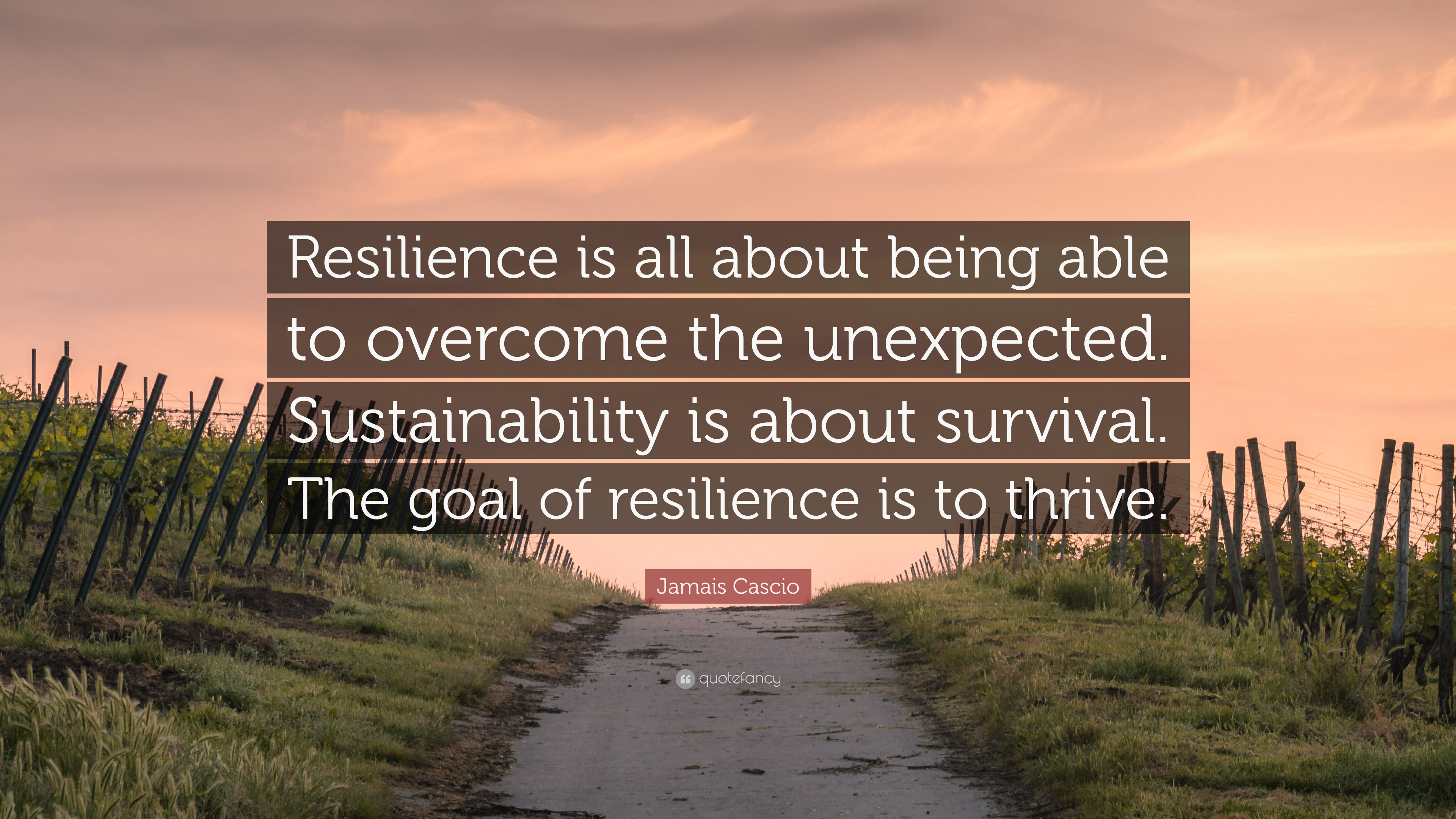The ability to facilitate learning experiences that are designed to be adaptable to fluctuating conditions and disruptions. This teaching ability can be seen as an outcome of a design approach that attends to the relationship between learning goals and activities, and the environments they are situated in. Resilient teaching approaches take into account how a dynamic learning context may require new forms of interactions between teachers, students, content, and tools. (Laying the foundation for a resilient teaching community, Inside Higher Ed, May 27, 2020) For the fall, are you designing for "extensibility, flexibility and redundancy?”
Worth Weller's YouTube (~11 minutes) Resilient Pedagogy: How to find your students when they are not in the classroom
Defining resilient pedagogy (see above) and explaining three themes for getting started
Synchronous vs. Asynchronous Online Teaching - not a binary decision (Worth Weller short video about adding voluntary synchronous sessions.
An overview of resilient pedagogy and how to begin thinking about it
A blog about ways to think about course design given your strengths and weaknesses and having students more engaged in creating course content. Reminds us that “Teaching is a practice, not a perfect.” :)!
This one offers specific ideas for designing resilient courses. She offers discussion/examples for: anticipating foreseeable problems; reducing complexity but using multiple solutions; building in redundancies and building on local resources
A free (unless you want certification, then it's $45.00) course from University of Michigan through Coursera about designing for resilience that is self-paced.
